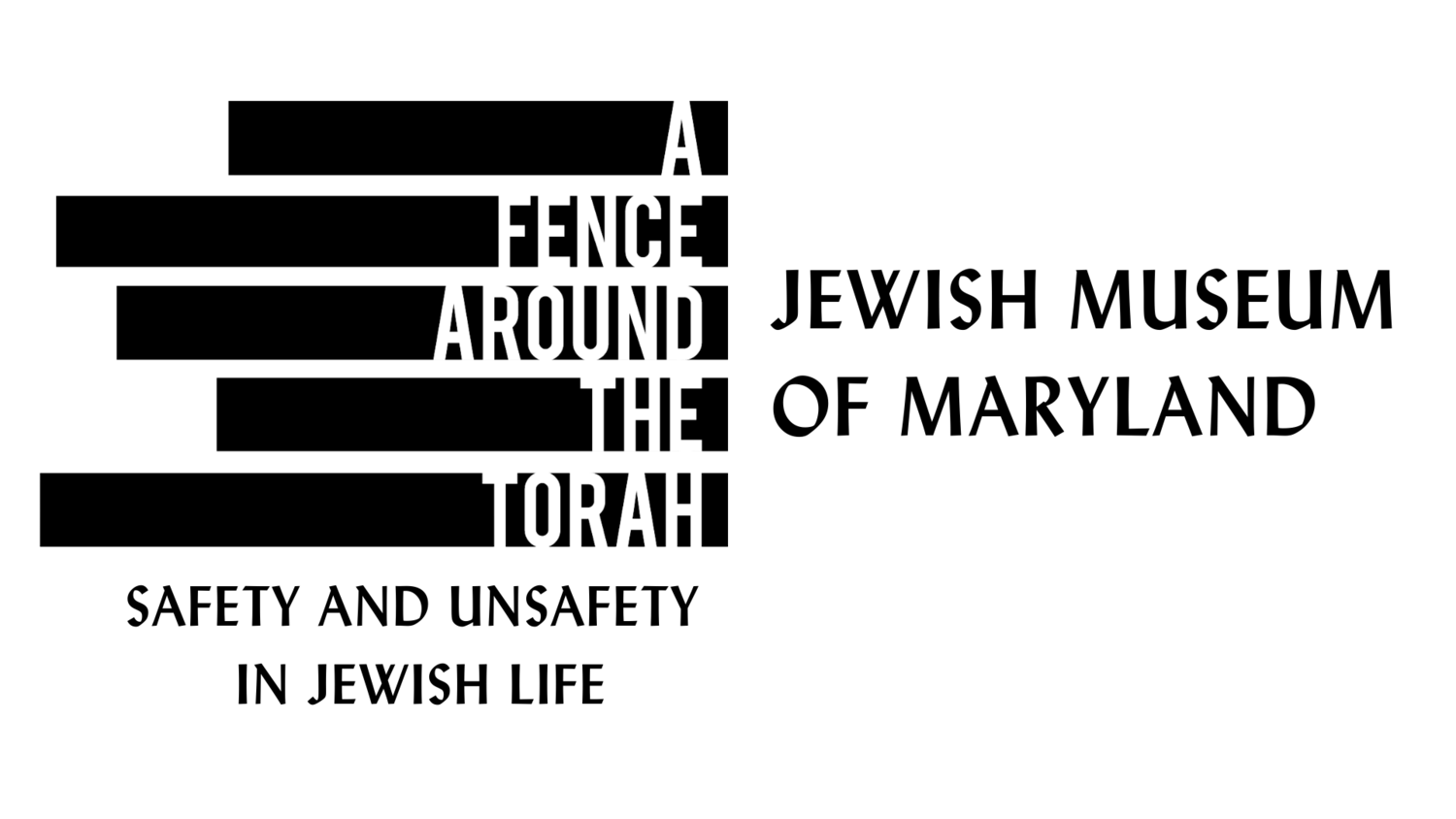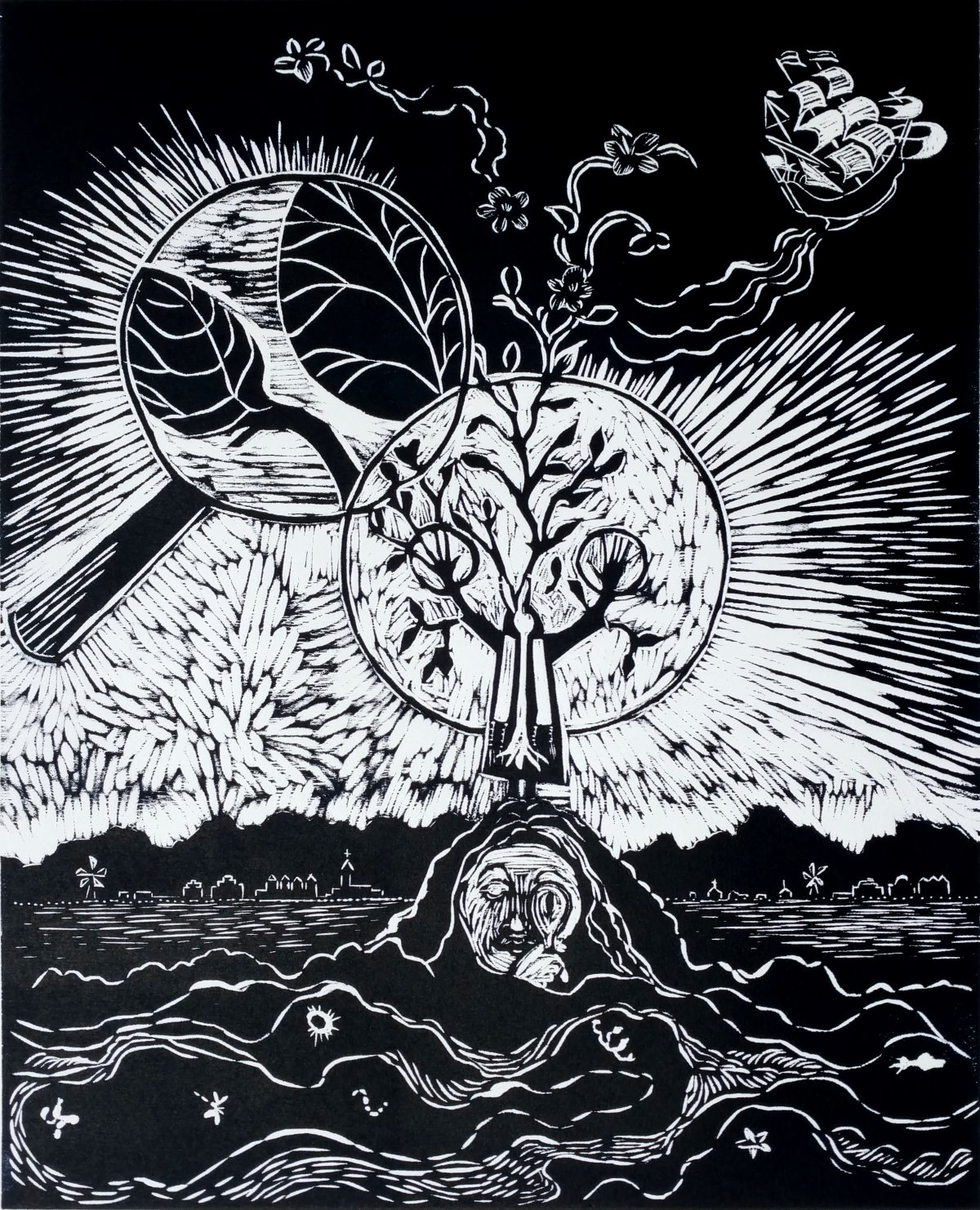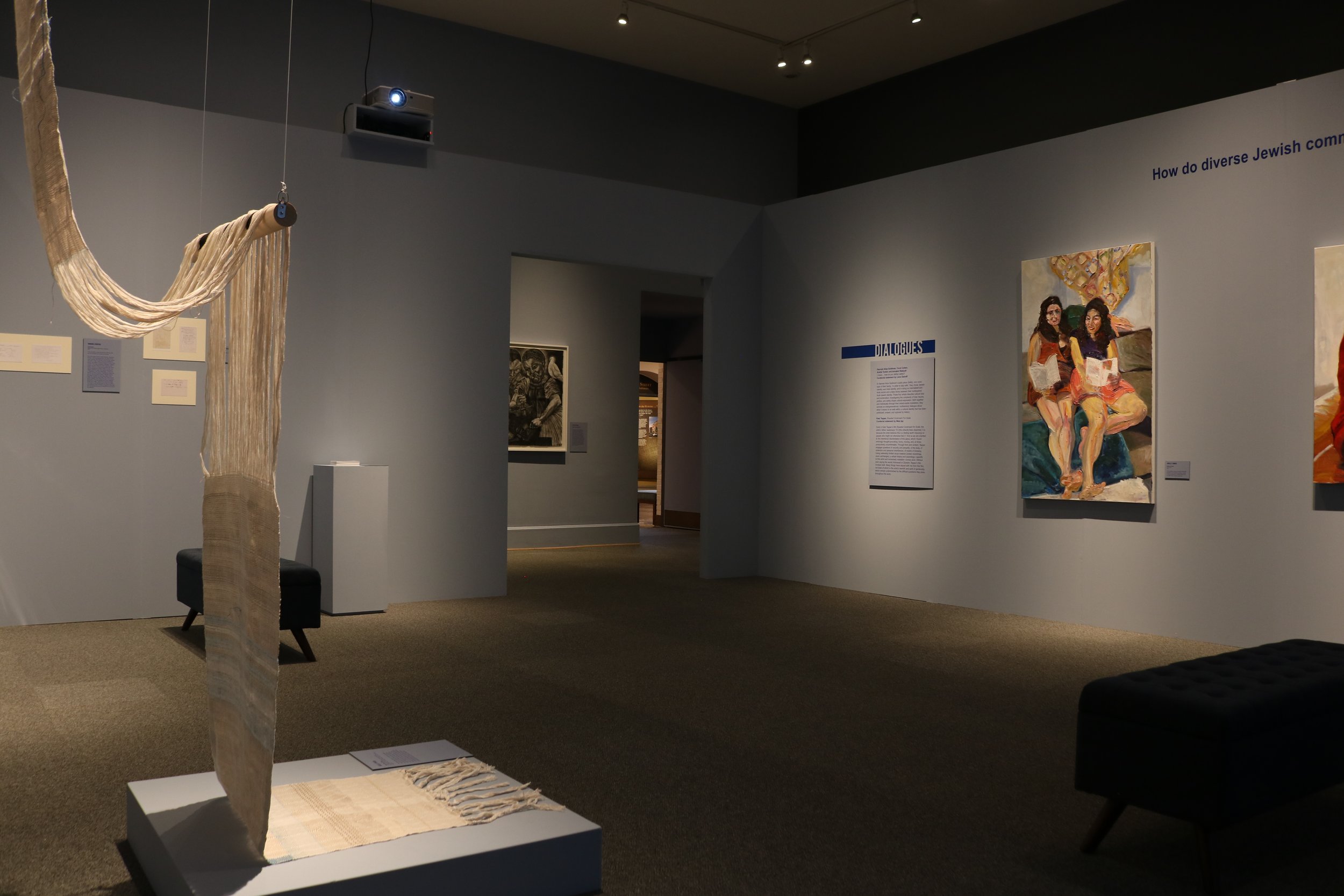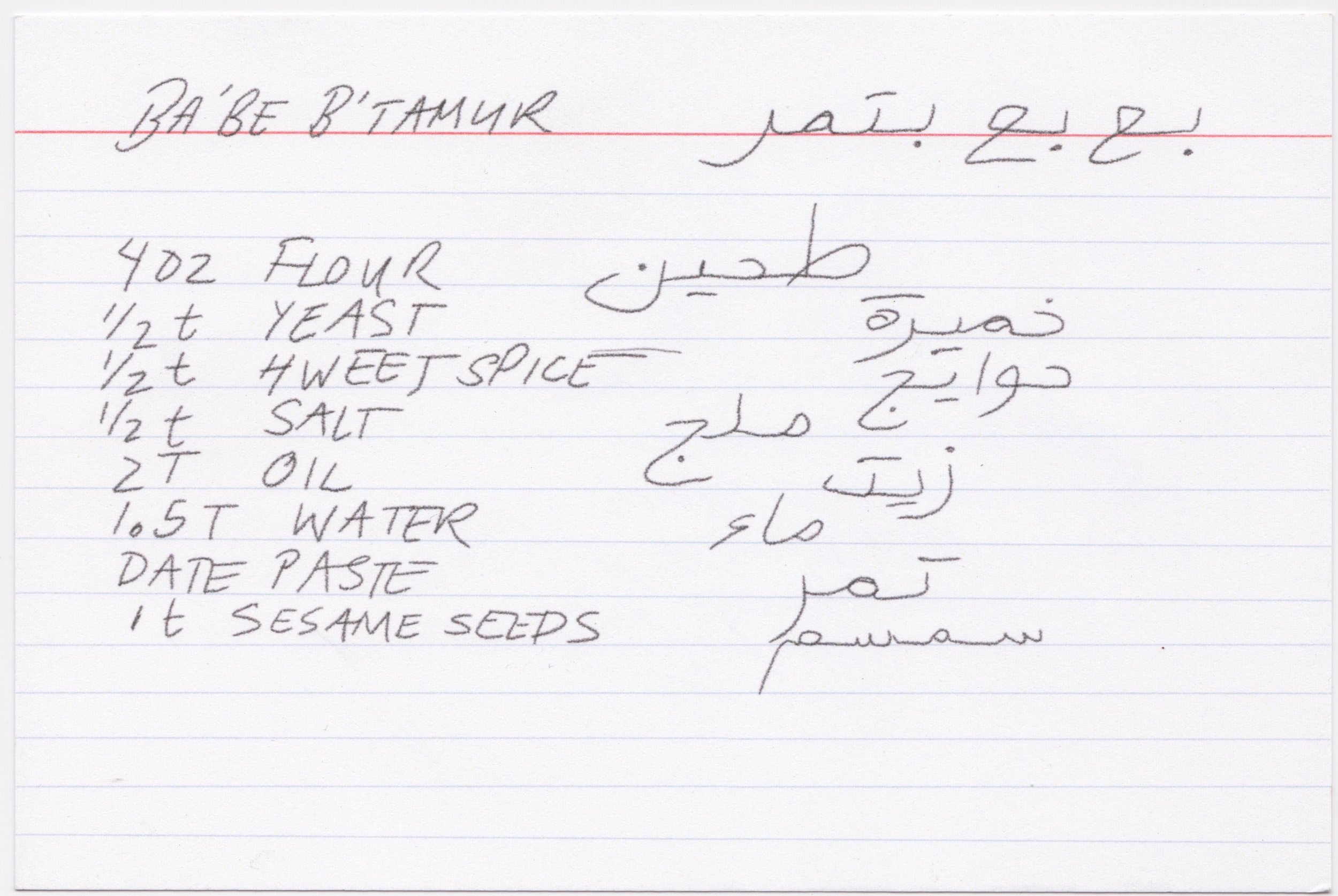We Build Our Temples For Tomorrow
By Jewish Museum of Maryland Executive Director Sol Davis, Ph.D.
Judith Joseph, Spinoza And Van Leeuwenhoek, Hand-pulled woodblock print, 2018
Val Schlosberg, In The Image, Ceramic vessel
A Fence Around The Torah: Safety And Unsafety In Jewish Life grew out of an opening in the schedule of the Feldman Gallery at the Jewish Museum of Maryland as exhibit schedules were shifting due to COVID in early 2021. We decided that this was an opportunity to experiment with the uncertainty wrought by the pandemic and its impact on arts and cultural organizations. The Museum hired Liora Ostroff as a Curator-in-Residence to lead this effort.
The exhibit’s title is drawn from Pirkei Avot which instructs Jews to make a fence around the Torah. We have taken that line as a point of departure for a project that is about locating the fences and boundaries that Jewish communities have created around themselves for protection and to sustain Jewish life. The exhibit considers the ways those fences serve our communities and how they might be reconfigured in places where they are not serving to nourish and fortify us.
The exhibit was developed through many layers of partnership. Initially we partnered with Liora as the Museum’s Curator-In-Residence. Then we partnered with facilitators from various local organizations to develop and hold five community conversations that tapped into the themes of the exhibit and opened the conversation prior to the staging of the exhibit. Next, we organized a curatorial panel that included representatives of Jewish organizations in Baltimore and New York City. Once the group of artists was solidified, we began working to deepen our relationships with the artists, their work, and the collective of participants forged through this multifaceted project.
A Fence Around The Torah: Safety And Unsafety In Jewish Life holds the potential to shift and expand communal conversations about safety while increasing people’s understanding about the precarity that some members of the community experience and others are not aware of. This exhibit enacts many of the principles I bring to museum practice including participatory ethics, considering our historical inheritance through contemporary modes of expression, and using the museum as a platform for imagining a more just future. My central desire within this project is that visitors walk away thinking in new ways about the central two-part question the exhibit poses: What makes you feel safe? When does what makes you feel safe make others feel less safe?
A Fence Around The Torah Dialogues section, photo by Liora Ostroff, 2021
Curatorial Statement
by Jewish museum of maryland Curator-in-Residence Liora OstroFF
“Acts of dissent prove to be acts of renewal.”
Abraham Joshua Heschel, Dissent
Judaism’s commitment to enduring collective identity is enshrined in the Mishnah, the first comprehensive written collection of Jewish oral tradition and law. Pirkei Avot, “ethics of our forefathers,” instructs us to “make a fence around the Torah.” With the Torah at its center, Jewish law and practices—the fence—define the bounds of Jewish life and preserve the core values and ethics of Judaism. But safety practices, an integral part of this fence, which Jewish communities build today to protect communal life, can also perpetuate unsafety and create barriers to participation for diverse Jewish populations and challenge relationships with our neighbors.
A Fence Around the Torah: Safety and Unsafety in Jewish Life explores manifold discussions on safety and exclusion in Jewish communities. American Jewish communities and institutions must, on one hand, respond to rising antisemitism and white supremacist violence; and on the other, acknowledge the ways that Jewish institutions have created physical and emotional danger for marginalized community members and neighbors marginalized by white supremacy and systemic oppression.
The exhibit reimagines the “fence” as a conscientious fortification for Jewish life and complex Jewish identities.
The artists in this exhibit responded to a series of generative questions around safety, unsafety and exclusion to highlight the internal conflict over safety and exclusion within Jewish communities and institutions. This work includes personal reflections on queer life and Judaism, racial justice in Jewish spaces, cultural loss and reclamation, political dialogues and dissent, mythological narratives around unsafety, and dreams for inclusion and solidarity coming from within Jewish institutions and the organized Jewish community.
Daniel Toretsky, We Would Come Home but You’ve Locked the Door, Mixed-media installation, 2021
Annabel Rabiyah, Preservation Replica Of An Old Family Recipe For Ba'be, A Aate Pastry, 2020





